Across the United States, limestone rooms hold slow-motion waterfalls made of rock, dripping into shapes that look like icicles turned to stone. These formations – stalactites descending from ceilings and stalagmites rising to meet them – record centuries of rainfall, drought, and even wildfire smoke in paper-thin layers. Scientists are reading these archives just as closely as they read tree rings or ice cores, and the results are rewriting chapters of America’s climate story. Yet every new tour, flashlight beam, and careless fingertip threatens to smudge the record before it’s fully understood. The mystery is simple enough to explain, but the implications stretch far beyond the cave mouth.
The Hidden Clues
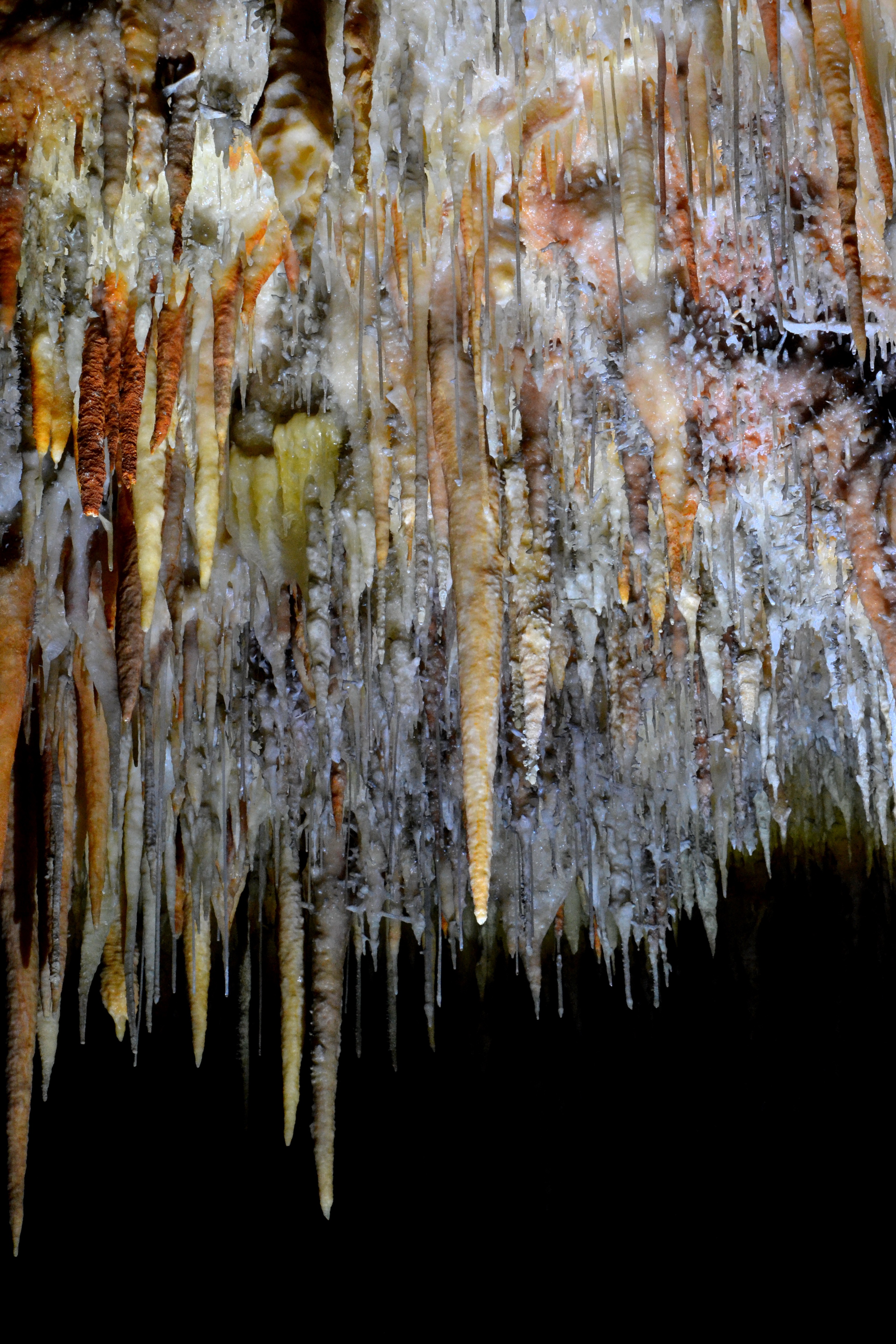
What if the smallest cave drip could timestamp a flood that happened before any of us were born? Every drop that hangs from a stalactite leaves behind a dusting of calcite, building a delicate straw, a curtain-like drapery, or a fat column with the patience of a glacier. In places like New Mexico’s Carlsbad Caverns and Virginia’s Luray Caverns, you can almost see the story forming, one bead of water at a time.
Stalactites grow downward as carbon dioxide escapes from the drip and calcite crystallizes; stalagmites grow upward from splashes that lose just a little more CO₂. When the two finally meet, they weld into a column that stiff-arms the darkness. The shape – thin straw, rippled bacon, or bulbous mound – reflects how fast water arrives, how much carbon dioxide it carries, and how still the cave air remains.
From Ancient Tools to Modern Science
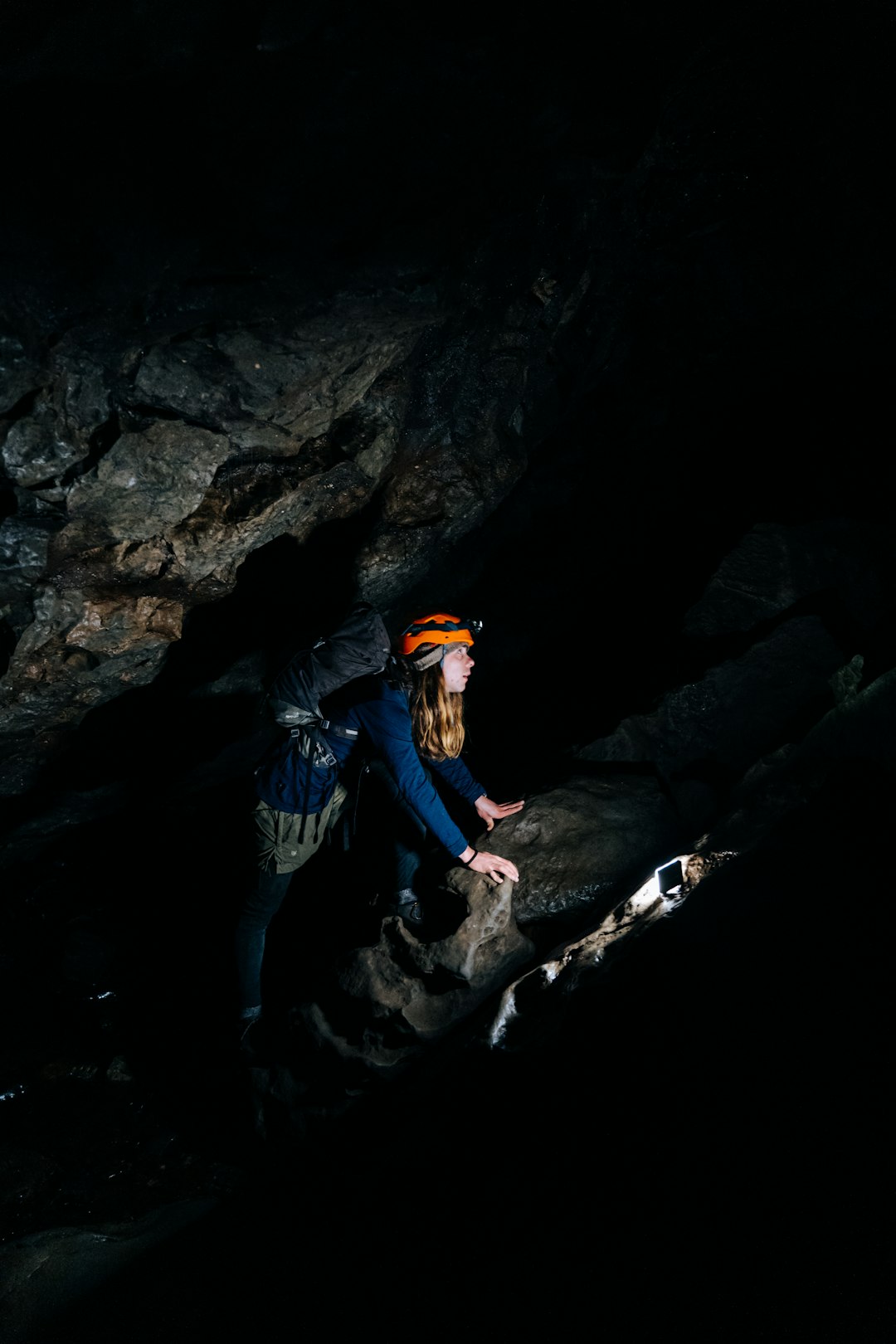
Early explorers mapped caves with candles, string, and hunches; they named rooms for what they looked like and moved on. Modern speleologists arrive with laser scanners, water loggers, and clean suits, turning those rooms into precisely measured laboratories. With uranium-series dating and oxygen-isotope analysis, a stalagmite becomes a climate chart stretching back tens of thousands of years.
Teams now track drip rates in real time, capture airborne CO₂ near tour routes, and model how subtle air currents braid through passages. The work looks like a mash-up of geology, hydrology, and forensic science, and it is. Every new instrument tightens the link between surface weather and underground growth.
Measuring Time in Drips
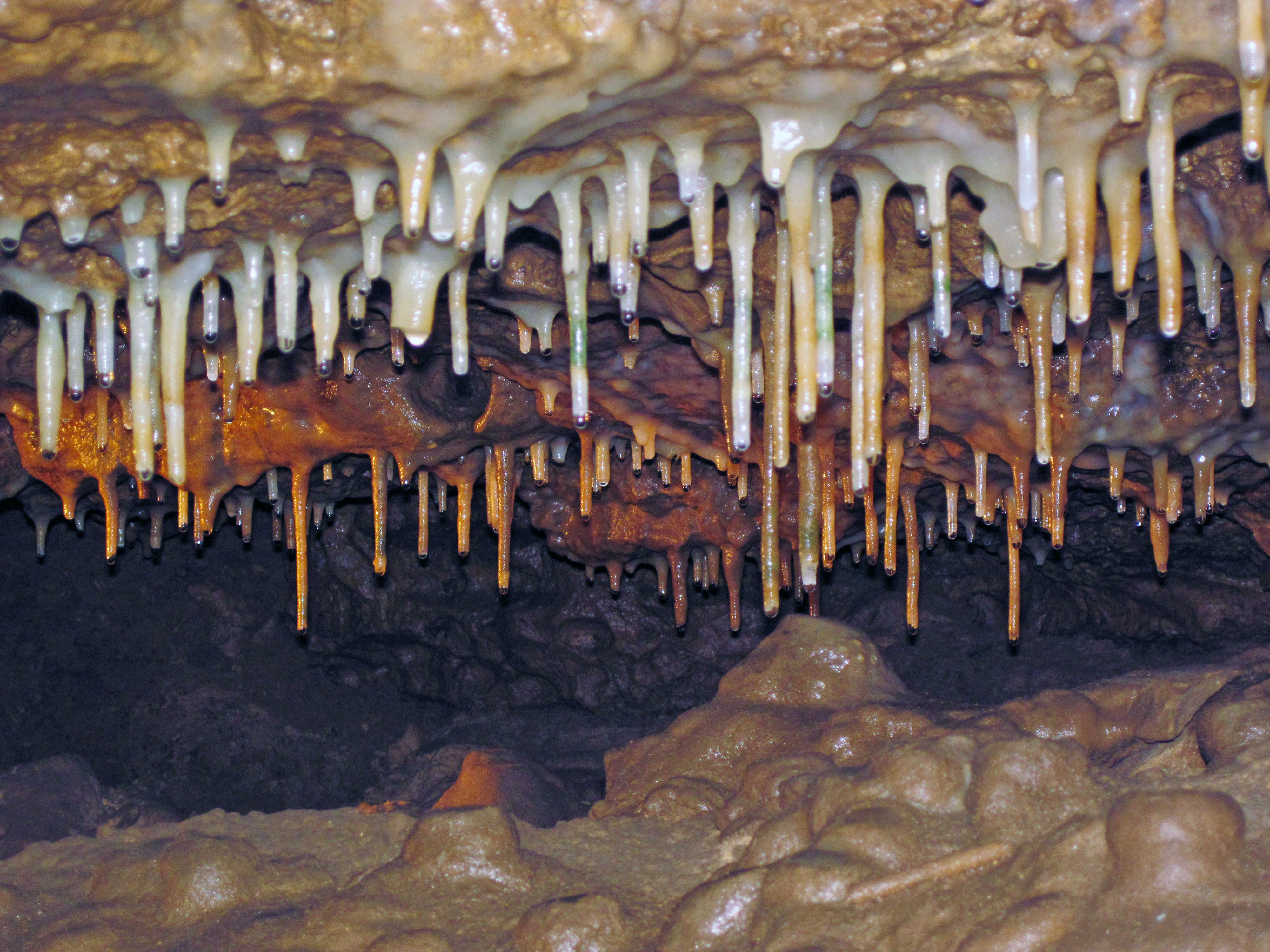
Growth is painfully slow – often thinner than a grain of rice in a year – but conditions swing the pace. Wetter periods with steady infiltration tend to speed things up, while drought, lower cave humidity, or too much carbon dioxide can stall growth or etch it away. Even the chemistry of local soils, influenced by seasonal plants above, leaves signatures in the calcite below.
Picture a stalagmite as a stack of postcards from storms long gone: thicker layers for wet years, thinner ones for lean years, trace elements for dust blown in from far-off deserts. Some of the most informative layers formed during ice-age swings when climate yo-yoed across North America. Reading them helps researchers test models that predict tomorrow’s water budgets.
The U.S. Field Guide: 12 Living Stone Galleries
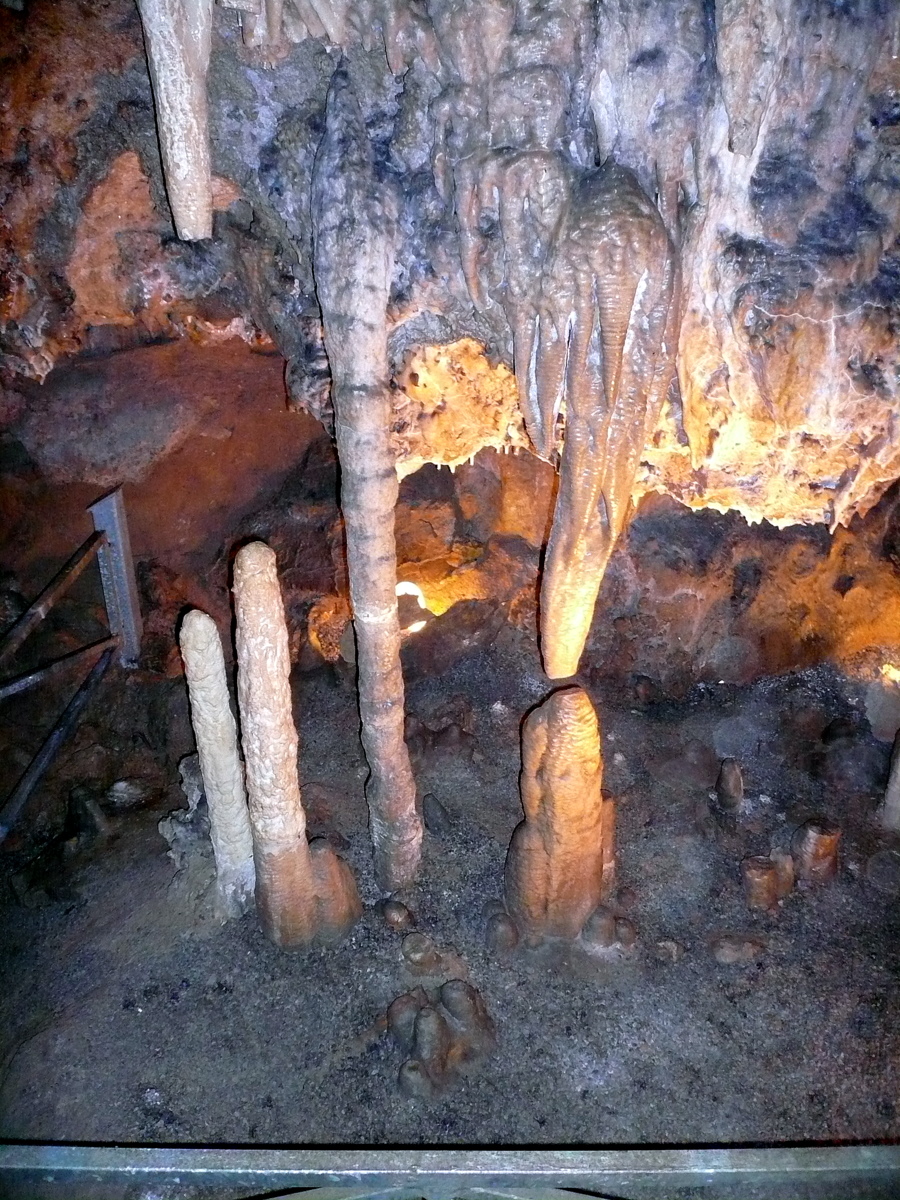
You don’t have to be a scientist to see stone falls at work; you just need the right cave and a little patience. Here are a dozen U.S. standouts where dripstone is active, diverse, and – in many – carefully protected by managers who know those layers are irreplaceable.
- Carlsbad Caverns, New Mexico: colossal draperies, soda straws, and columns in the Big Room’s cathedral spaces.
- Mammoth Cave, Kentucky: the Frozen Niagara area showcases shimmering flowstone amid the world’s longest cave system.
- Luray Caverns, Virginia: mirror-like pools that perfectly reflect forests of stalactites, doubling the drama.
- Kartchner Caverns, Arizona: a pristinely guarded cave rich in soda straws, shields, and brilliantly colored calcite.
- Blanchard Springs Caverns, Arkansas: active dripstone and well-curated tours emphasize living geology.
- Lehman Caves (Great Basin NP), Nevada: elegant draperies and rare shields share space with classic stalactites.
- Timpanogos Cave, Utah: a compact trio of caves packed with helictites, columns, and glittering drips.
- Oregon Caves National Monument, Oregon: marble passages with layered calcite that glows under soft light.
- Cathedral Caverns, Alabama: a sweeping flowstone waterfall and record-sized formations command the entrance hall.
- Meramec Caverns, Missouri: broad rooms where draperies and stalagmites cluster like a stone forest.
- Natural Bridge Caverns, Texas: richly decorated chambers with long soda straws and active flowstone dams.
- Caverns of Sonora, Texas: intricately formed dripstone and delicate helictites in warm, humid air.
Planning matters: some sites require reservations, others limit group size, and many restrict backpacks or tripods to guard fragile airflows. The best view often comes from standing still long enough to hear the drip and imagine the next layer forming.
Why It Matters
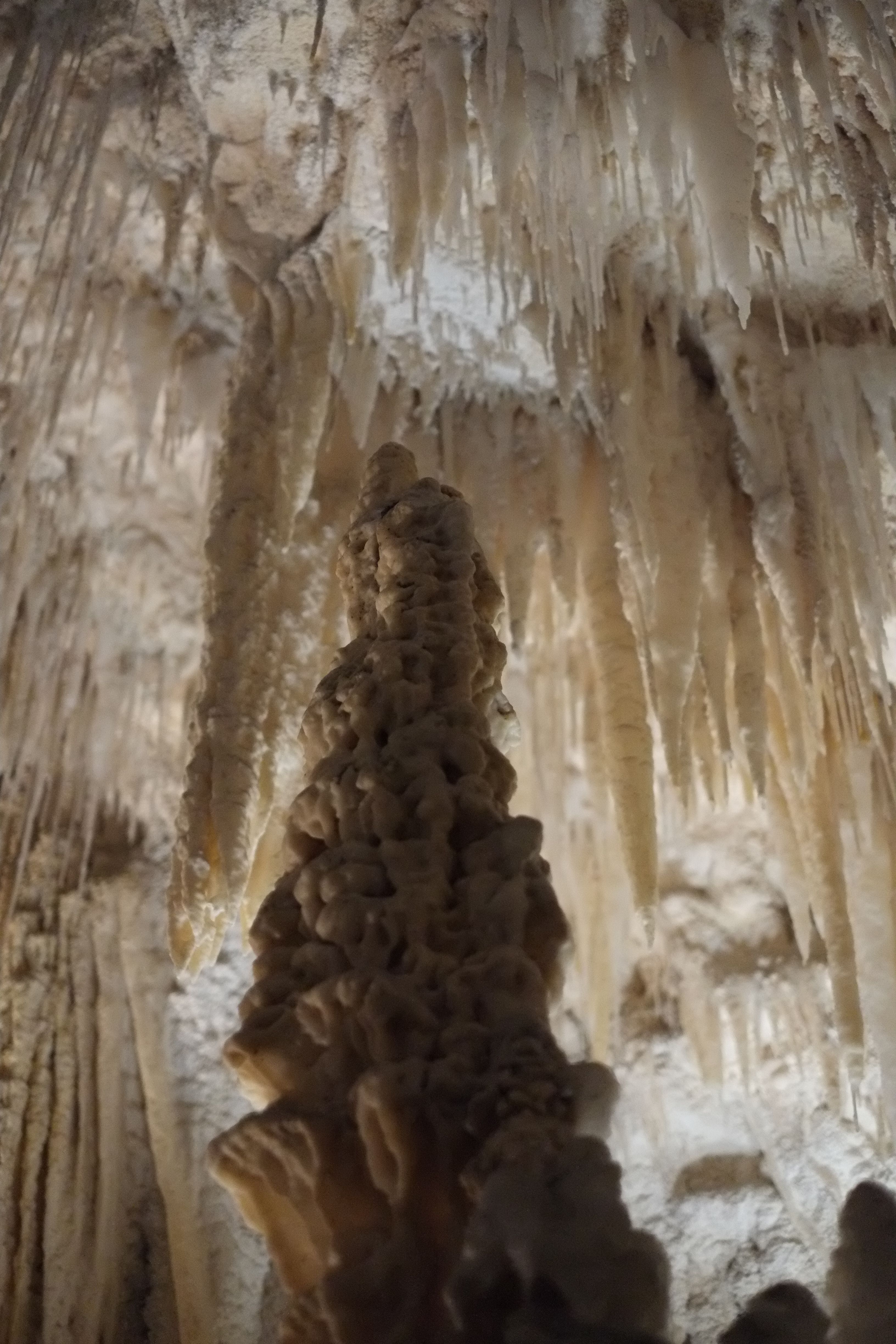
Speleothems complement tree rings and lake sediments by recording water from inside the hill, not just at the surface. Because the calcite forms in the quieter cave environment, its chemistry can preserve longer, more continuous histories than many floodplain deposits. That makes stalagmites superb checks on climate models that guide water policy from the Southwest to the Appalachians.
There’s also a human pulse: tourism revenue sustains rural communities near show caves, and managers use science to balance access with protection. Touching even once can oil the surface and halt growth for decades, while excess CO₂ from crowds can subtly dissolve newly laid layers. The stakes reach beyond scenery to drinking water security and local livelihoods.
Beneath the Visitor Path

Walkways, lighting, and doors change cave climates in ways most visitors never notice. Warmer lamps can dry ceilings; poorly sealed entrances can invite gusts that nudge humidity below the sweet spot for calcite. Even lint and dust shed by clothing can settle as an unintended veneer.
Managers now favor cooler LEDs, airlocks, and limited entry to keep microclimates stable. When these steps land, drip rates steady and new crystals look sharper, like dew frozen in midair. Good infrastructure becomes a silent partner to geology.
From Ancient Tools to Modern Science
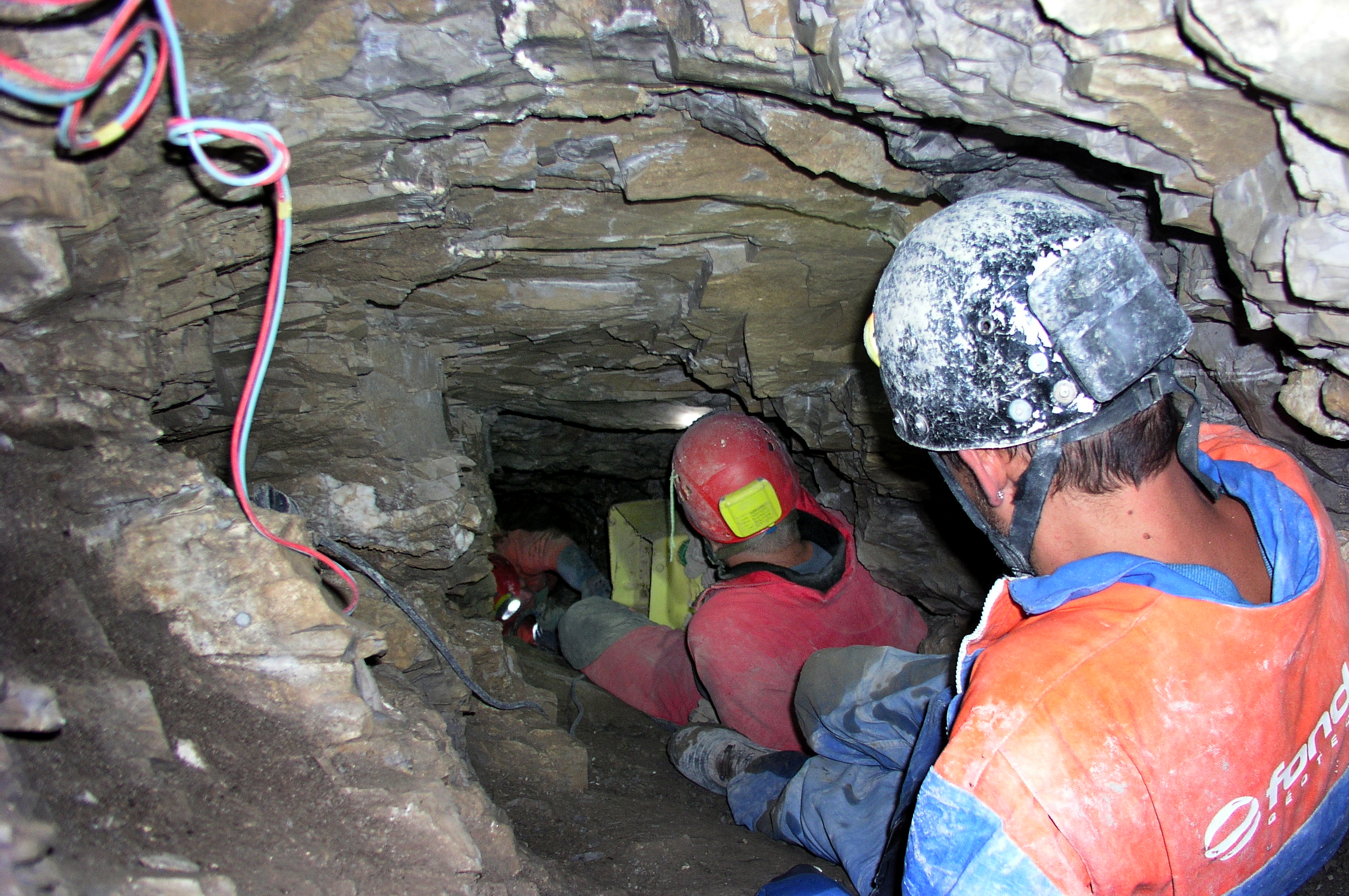
Archaeologists once followed caves for shelter and art; geologists followed them for ore clues; today’s teams follow them for water stories stitched into stone. The field has matured from heroic exploration to carefully designed experiments with calibrated sensors and strict decontamination. The romance remains, but the measurements rule.
Collaborations now link cave monitors with hydrologists tracking springs and wells on the surface. When a drought bites, both records tighten and tell the same tale. That convergence gives decision-makers confidence they’re not steering by rumor.
Global Perspectives

While this tour is American, the language of dripstone is global, and researchers cross-check cave records from China, Europe, and the tropics to spot shared patterns. When oceans shift heat or deserts loft dust, those signals can echo in stalagmite chemistry half a world away. Linking sites broadens the story and tempers local quirks.
International databases of speleothem records now allow scientists to pull regional syntheses with the power of a library search. The result is a sturdier climate archive that respects cave-by-cave differences yet still spots continental rhythms. U.S. caves are stronger contributors when their microclimates are kept stable.
The Future Landscape
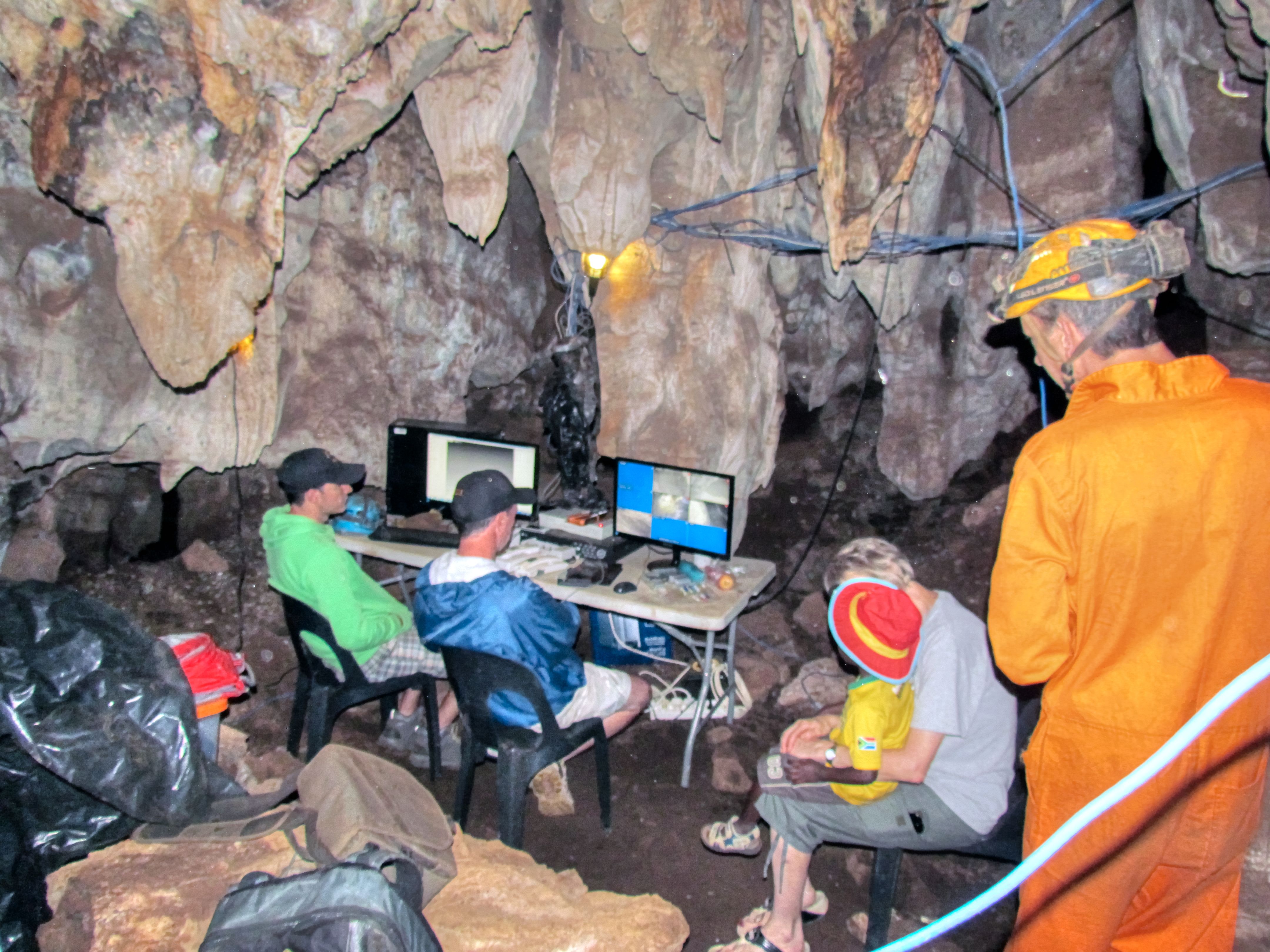
Next-generation cave science leans on high-resolution laser scanning, ultra-clean sampling, and noninvasive imaging that sees inside a stalagmite without cutting it. Machine-learning models are already sorting subtle chemical wiggles that once looked like noise. Portable labs will shrink the lag between fieldwork and insight.
The threats evolve too: warming alters recharge timing, extreme storms push muddy pulses underground, and increased visitation raises background CO₂. Policies that cap group size and adjust lighting aren’t just niceties – they’re conservation strategies. Expect more permits, more science days, and smarter tours.
Hazards and Hope
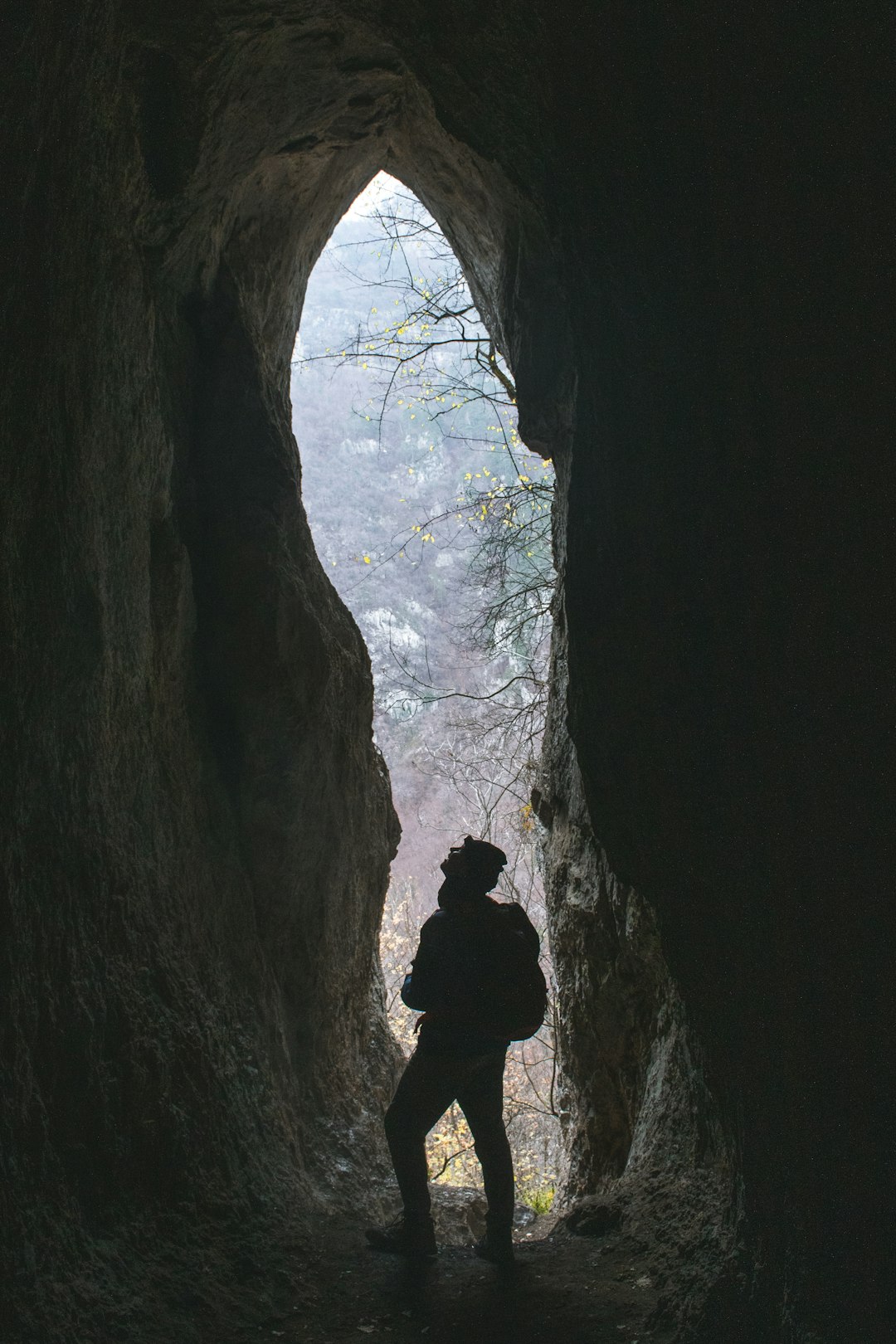
Caves are tough in stone but fragile in chemistry, and that paradox can fool newcomers. A single careless step off-trail crushes decades of growth; a dripping jacket introduces fibers that linger for seasons. Yet caves rebound when stressors ease, and new calcite resumes its patient work.
Hope looks like quiet rooms, steady humidity, and school groups learning why hands-off is a superpower underground. It also looks like communities proud enough to defend their “living rock” economies with strict rules. Stewardship turns out to be measurable in smoother crystals and calmer air.
Field Notes for Families

Bring layers, soft-soled shoes, and curiosity; leave snacks in the car and keep phones on low light. Let kids count drips for a minute and guess how many it takes to build a straw the length of a pencil. That small game reframes the cave as a clock.
Ask guides where growth is most active and listen for the quiet slap of drops on flowstone. If photography is allowed, keep distance so stray breath doesn’t fog fragile tips. The best souvenir is a story, not a rock.
How Scientists Read a Rock
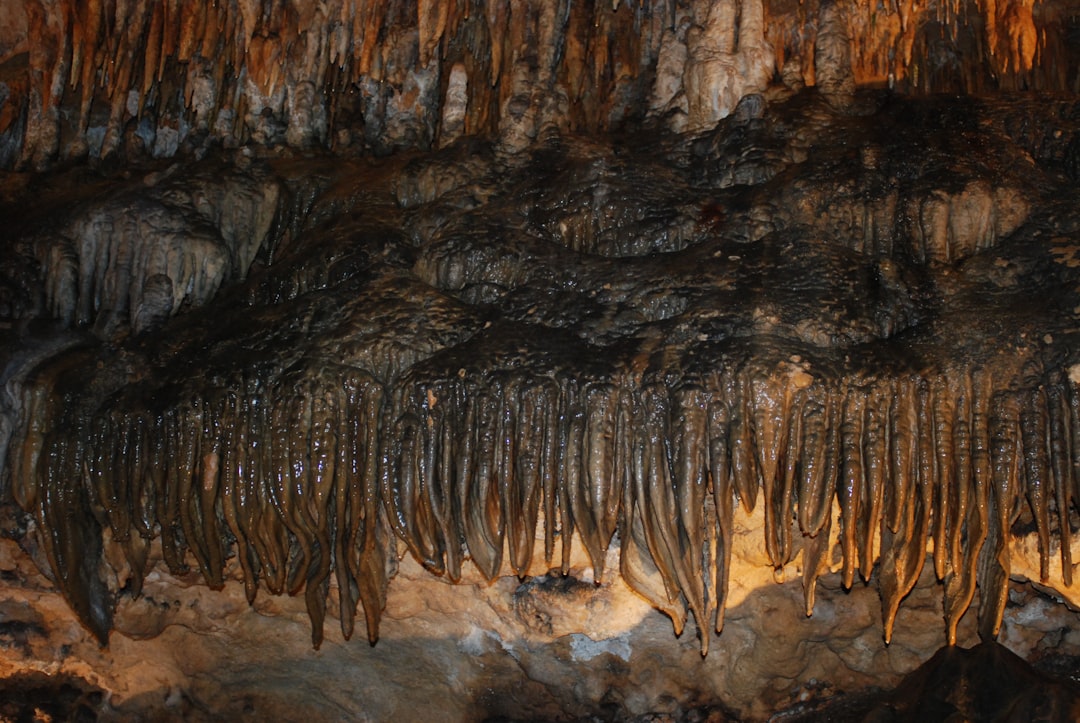
Back in the lab, thin slices of stalagmite reveal bands like a layered cake, each tied to a season or swing in moisture. Researchers measure isotopes of oxygen and carbon, scan for trace metals, and compare results with rain gauges topside. The match, when it lands, feels like cracking a code.
To avoid damaging prized specimens, teams increasingly study broken pieces from natural falls or sample at the edges with hair-thin drills. That balance – gleaning maximum insight with minimum harm – is now standard practice. It honors the cave’s slow labor while still pressing for answers we need.
How to See Without Leaving a Trace
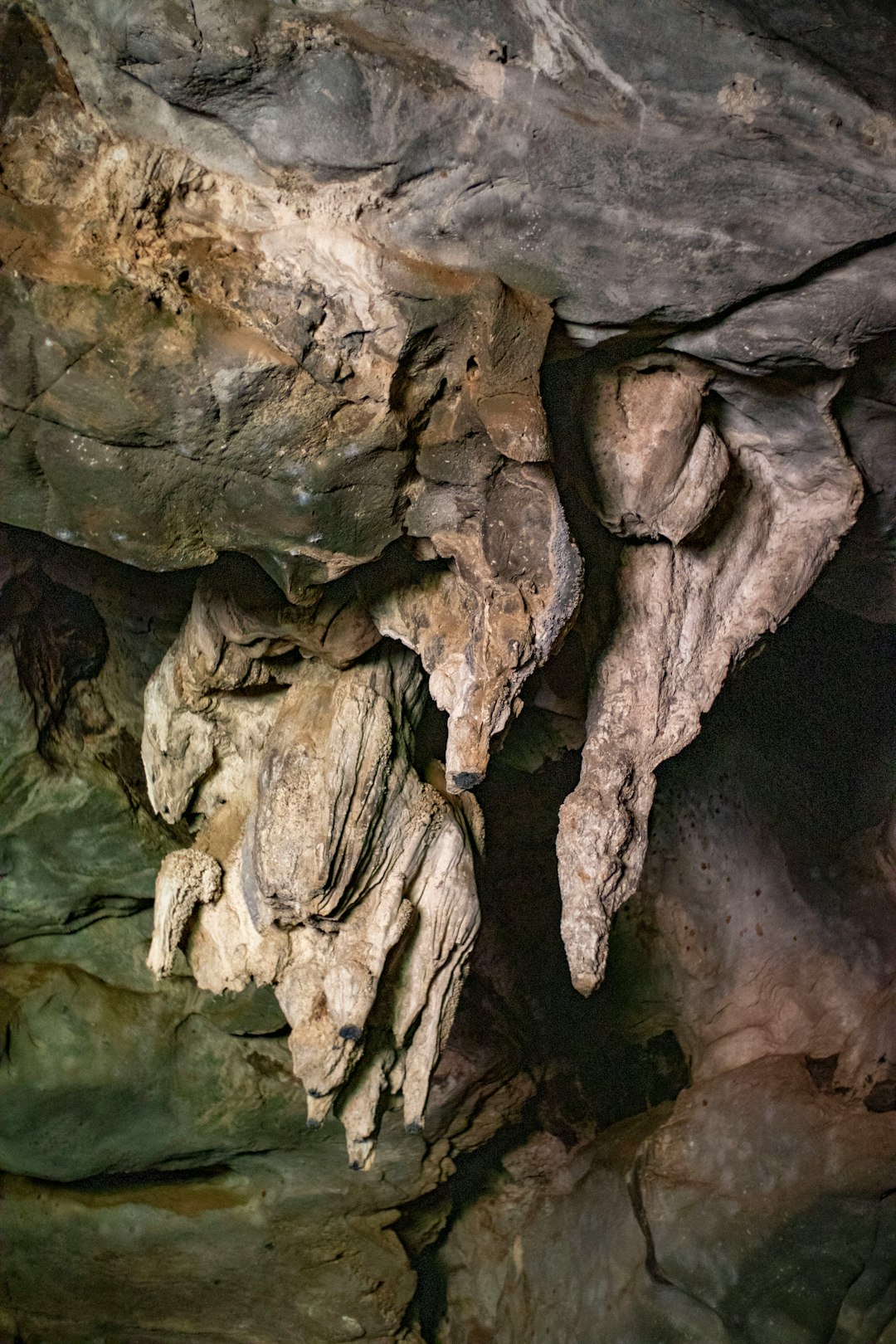
Choose guided tours that minimize wandering, avoid touching any formations, and keep to boardwalks even when a better photo tempts you. Skip perfumes or lotions that can aerosolize; they settle on stone and skew delicate chemistry. If you feel a draft at a door, close it gently to help the cave hold its breath.
Support parks, volunteer with local cave conservancies, and consider small donations to research projects that monitor drip rates and cave air. Share what you learned with one person who has never been underground. Your restraint today helps tomorrow’s drip find a place to land.

Suhail Ahmed is a passionate digital professional and nature enthusiast with over 8 years of experience in content strategy, SEO, web development, and digital operations. Alongside his freelance journey, Suhail actively contributes to nature and wildlife platforms like Discover Wildlife, where he channels his curiosity for the planet into engaging, educational storytelling.
With a strong background in managing digital ecosystems — from ecommerce stores and WordPress websites to social media and automation — Suhail merges technical precision with creative insight. His content reflects a rare balance: SEO-friendly yet deeply human, data-informed yet emotionally resonant.
Driven by a love for discovery and storytelling, Suhail believes in using digital platforms to amplify causes that matter — especially those protecting Earth’s biodiversity and inspiring sustainable living. Whether he’s managing online projects or crafting wildlife content, his goal remains the same: to inform, inspire, and leave a positive digital footprint.




